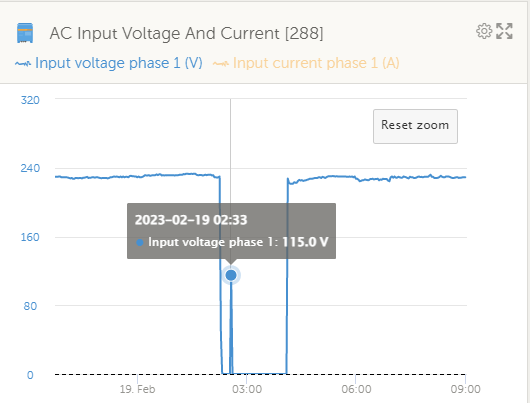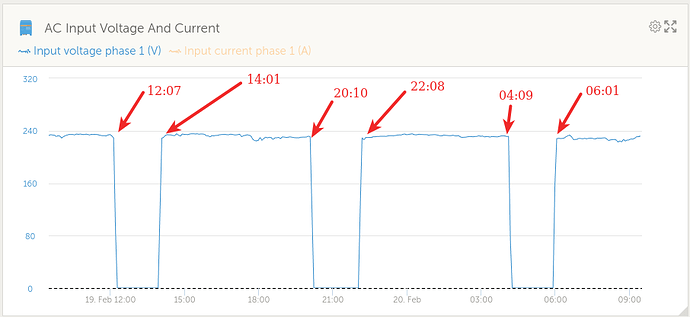OR if you want to tell you better start building castles to improve your odds ![]()
Now further to my previous post… I wonder to what extent one can model other battles with Lanchester. If we consider, for example, the fight between law enforcement and the criminal elements within Eskom. It is essentially two armies, and if you had the factors just right, you could calculate how long it would take to reduce criminality to “acceptable” levels (zero is probably not something that is attainable).
Normally what you do, is you take the existing numbers, plug it into the model, and so “train” the model to predict a trend. Trouble is, as I have said before, I don’t really hear of successful prosecutions. Yet.
Also, the justice system adds a really large delay in the middle. In battle terms, it’s like striking the guy with a sword, but he only dies 3 hours later, but if he strikes one of your people he dies immediately.

So that’s where promoting rooftop and self-generation works, no need to upgrade transport infrastructure.
I do however think it’s pretty much dead in the water with the R12k meter fee and no long-term guarantees on the payback price.
Sjoe …
Well blow me down … Level 4 and 4 hours LS tomorrow, not the 4,3,2 or whatever combination lasting 6 hours.
02:00 - 04:30
18:00 - 20:30
How special I feel now. Skipping 2 hours. ![]()
What is the EFF’s election promise wrt this??
Sooo, Level 6 I see …
I count ±8h of LS: (for technical correctness)
00:00-02:30 - Stage 6
06-00-10h30 - Stage 5
16:00-18:30 - Stage 6
22:00-00:30 - Stage 6
… and a whopping 79-129w of solar production. ![]()
HADMD (Hoe Anders Doen Mens Dit) - (How Else Do You Do It)
Eskom is working on our Towns main Substation and Powerlines tomorrow from 8:00 to 18:00. Then Load shedding from 18:00 to 22:30 ![]()
4 hour load shedding 6-1030, got got flat footed with 23% soc and raining
The half hours are for interleaved switching. You shouldn’t count them. I find that in my neighbourhood they are pretty much bang on 2 hours, give or take a few minutes. We typically go off a few minutes past the hour, and often come back on the hour or soon after… in other words our usual slots are less than 2 hours.
Was checking out my own graph and noticed this little anomaly. What could cause something like that?

Potayto potahto … ![]()
Fixed it … though spoiling a good “story”.
Still 8 hours … Level 8.
Loadshedding levels don’t inform the amount of hours you’ll be without electricity though, it is the amount of MW that needs to be shed. Xx1000 MW shed = stage X.
Fingers crossed my PV is producing 400-600W while it is raining now, LS from 10-12, batteries at 36%. Should be fine. Angle of the sun is still helping. In the proper winter when it looks like this, I produce <100W.
The other very interesting anomaly in my house. After a recent earth leakage trip, I reset all the clocks in the kitchen (microwave and one small oven). These are on a backup circuit. They were correctly set maybe two weeks ago, and they are both 8 minutes fast now.
I know many clocks time themselves from the 50Hz of the grid, so it is likely that. That’s not the weird part. The weird part is that it means we’re typically running above 50Hz during these times (and we are, I see peaks at 51Hz occasionally). I have some theories why… but that aside, I just thought it was interesting.
Are they shedding a little too much, too fast? I guess that is on the safer side…
I think they actually have to keep a slightly larger margin precisely because of all the switching. Somehow I think @Phil.g00 is the guy to call on here.
Well, apparently “vacuuming” is essential. So now my calculations might not have been sufficient to keep both the wife happy and the lights on. Let’s see.
Conspiracy theory time.
So big contributors to energy loss are the 3 generators which cant operate at Kusile due to the chimney failure and the generator which blew up at Medupi. Surely considering that these are new stations, they must have so many control systems in place. So even the inexperienced teams running the stations could see on the dashboard that they were leaning into dangerous territory. And those same control systems should have started to power down the stations due to the conditions.
Hence all these failures, while due to human error, were intentional neglect?
